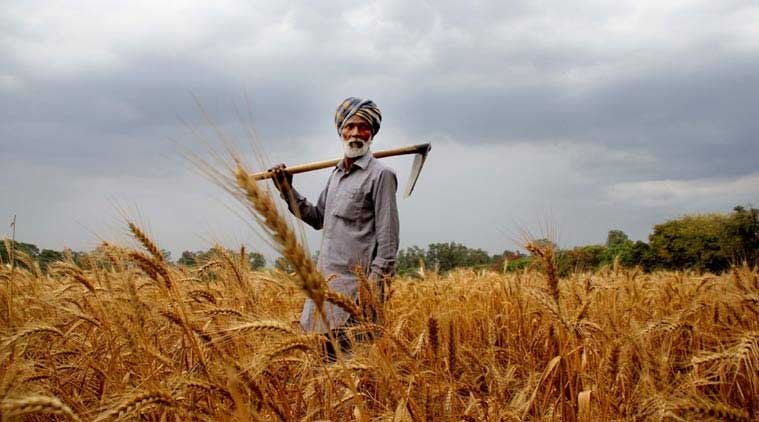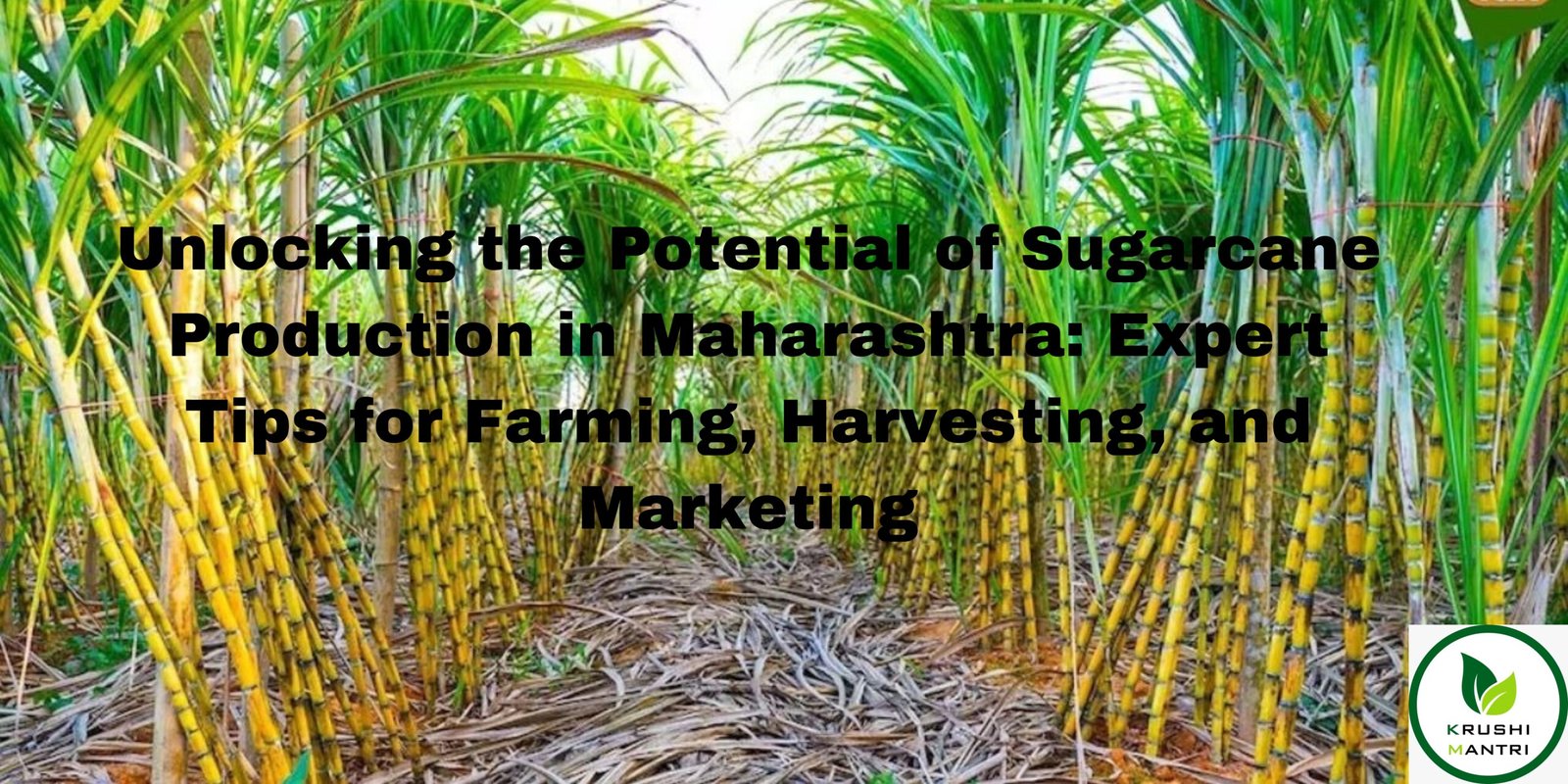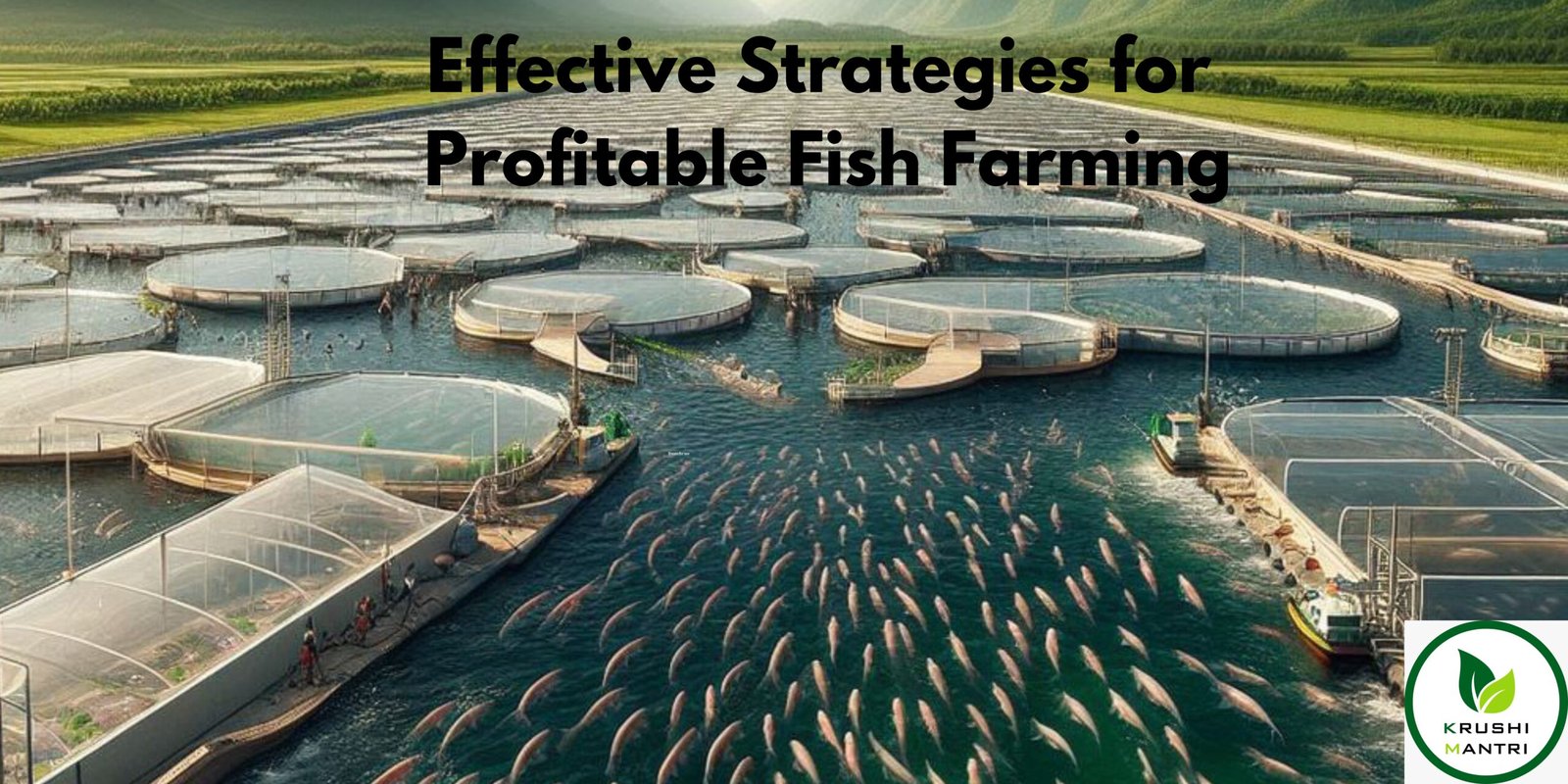Digital Agriculture Technology
Welcome to Krushimantri, your trusted source for timely, accurate, and relevant news and information on agriculture. Our goal is to keep you informed with the latest updates on farming, fertilizers, crop management, and innovations that impact the agriculture industry. In this post, we’ll dive into one of the most exciting advancements reshaping modern agriculture: Digital Agriculture Technology.
As the global population continues to rise, the pressure to produce more food using fewer resources is growing. Digital agriculture technology offers farmers cutting-edge tools and systems to optimize farming practices, boost productivity, and lower environmental impacts.

What Is Digital Agriculture Technology?
Digital agriculture technology refers to using advanced systems like sensors, GPS, and data analytics to improve various aspects of farming. For example, precision agriculture enables farmers to make informed decisions based on real-time data, such as soil moisture, nutrient levels, and weather conditions. By analyzing this information, farmers can determine the best time to plant, fertilize, and harvest, leading to reduced waste and optimized resource use.
Key Benefits of Digital Agriculture Technology
- Increased Productivity
Precision tools like drones, sensors, and data analytics help farmers optimize their resources, leading to higher crop yields and greater profitability. - Cost Savings
The initial investment in digital tools may be significant, but the long-term benefits outweigh the costs. Studies show that precision agriculture can reduce input costs, including water, fertilizers, and labor. - Sustainability
By monitoring soil health, water usage, and crop growth, farmers can adopt more sustainable farming practices. This reduces reliance on harmful pesticides and fertilizers and supports eco-friendly agriculture. - Enhanced Crop Quality
Tools like drones and real-time data analytics allow farmers to monitor crops continuously. By making data-driven decisions, they can produce higher-quality crops that command better prices in the market.
Potential Impact of Digital Agriculture Technology
The return on investment (ROI) for digital agriculture tools varies depending on the farm’s size, location, and specific technologies adopted. However, the potential benefits are clear:
| Benefit | Improvement (%) |
|---|---|
| Increase in crop yields | Up to 30% |
| Reduction in water usage | Up to 50% |
| Reduction in input costs | 10-15% |
| Increase in profitability | Varies by farm size |
By leveraging these tools, farmers can not only increase productivity but also reduce environmental impact—crucial for meeting growing consumer demand for sustainably produced goods quality of crops and increase their market value. By using precision agriculture tools such as drones and sensors, farmers can monitor their crops in real-time and make data-driven decisions to optimize their growth and harvest. This can result in higher quality crops that fetch a higher price in the market.



Real-Life Application: A Farmer’s Experience
As a farmer utilizing digital agriculture technology, I have seen firsthand the positive impact on my farm:
- Increased Productivity
Precision agriculture tools have helped me optimize land use and reduce waste, resulting in significantly higher yields. - Better Crop Management
Digital platforms enable me to monitor key metrics like soil moisture and temperature, allowing me to identify issues early and take corrective action. - Enhanced Sustainability
Reducing my use of pesticides and fertilizers has not only lowered costs but also made my farm more environmentally friendly. - Improved Market Value
With better crop quality and reduced waste, I’ve been able to command higher prices, increasing my farm’s profitability.
Conclusion: Is Digital Agriculture Technology Worth the Investment?
The short answer is yes. Investing in digital agriculture technology can significantly enhance a farm’s productivity, profitability, and sustainability. While the upfront costs might seem high, the long-term benefits—including cost savings, higher crop quality, and improved environmental impact—make it a worthy investment.
If you’re a farmer looking to optimize your resources and improve your farming practices, digital agriculture technology is worth exploring.
Stay tuned with Krushimantri for more updates on agriculture trends and innovations.
Frequently Asked Questions (FAQs) on Digital Agriculture Technology
1. What is Digital Agriculture Technology?
Digital agriculture technology refers to the use of advanced tools like sensors, GPS systems, drones, and data analytics to improve farming practices. It allows farmers to make data-driven decisions to increase productivity, reduce waste, and optimize resource use.
2. How does digital agriculture help improve crop yields?
By using tools such as precision agriculture systems, farmers can monitor key factors like soil health, moisture levels, and weather conditions in real time. This helps them make informed decisions on when and how to plant, fertilize, and harvest crops, which ultimately leads to higher yields.
3. Is investing in digital agriculture technology expensive?
While the initial investment may seem high, the long-term benefits—such as reduced input costs (fertilizers, water, labor), increased productivity, and enhanced crop quality—can lead to significant cost savings and a short payback period.
4. How does digital agriculture support sustainable farming?
Digital agriculture helps farmers adopt more eco-friendly practices by reducing the use of harmful pesticides and fertilizers. It also promotes more efficient water usage, soil management, and crop monitoring, all of which contribute to environmental sustainability.
5. Can digital agriculture technology be used by small-scale farmers?
Yes, digital agriculture tools can be adapted to suit small-scale farms. Technologies such as mobile apps, low-cost sensors, and cloud-based platforms are becoming more accessible, making it easier for small-scale farmers to benefit from digital agriculture.
6. What are the key benefits of precision agriculture?
Some of the key benefits include:
- Increased crop yields
- Reduced input costs (fertilizers, fuel, water)
- Optimized resource use
- Enhanced crop quality
- Sustainable farming practices
7. How does digital agriculture reduce environmental impact?
By utilizing data-driven systems, farmers can reduce the overuse of resources like water and fertilizers. This minimizes the negative impact on the environment, promoting more sustainable and eco-friendly farming practices.
8. How quickly can farmers see a return on investment (ROI) from digital agriculture tools?
The ROI depends on factors such as the type of technology adopted, farm size, and location. However, studies suggest that precision agriculture can reduce input costs by 10-15% and increase crop yields by up to 30%, leading to a relatively short payback period.
9. How can digital agriculture improve market competitiveness?
With better crop quality, efficient operations, and sustainable practices, farmers using digital agriculture technology can stand out in the market. These improvements can help attract buyers who prioritize quality and sustainability, enhancing the farm’s overall competitiveness.
10. What are some examples of digital agriculture technologies?
Some examples include:
Data analytics platforms to monitor crop and soil conditions
Precision agriculture tools (drones, GPS-guided tractors, sensors)
Agriculture management software for tracking and decision-making
Automated irrigation systems








